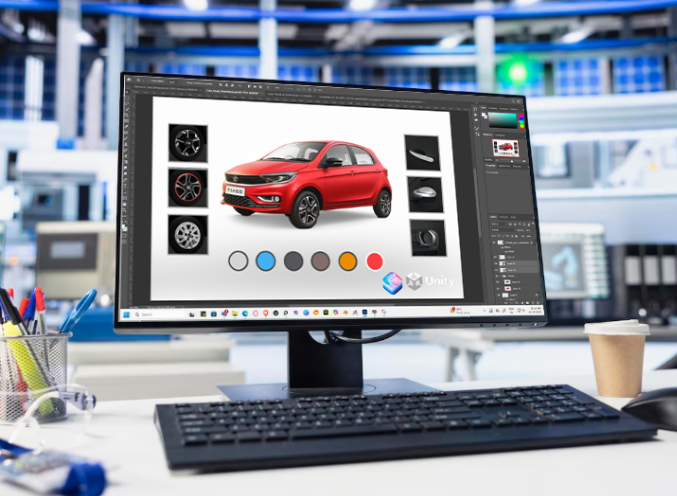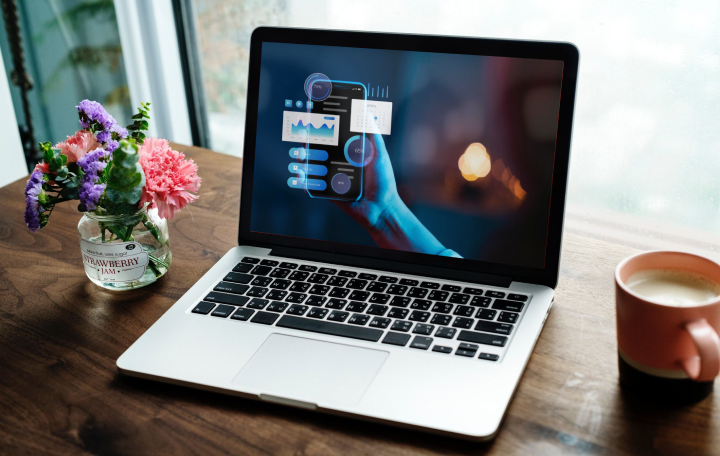Next-Gen AR Experience: Visualizing Products and Mechanical Components

Next-Gen AR Experience for Automotive Visualization transforms how customers, technicians, and students interact with products and mechanical components. Traditionally, static manuals and videos limited understanding of internal structures, customization options, and complex assemblies. By implementing this AR solution, the industry can now deliver immersive, interactive 3D visualization that enhances learning, improves maintenance efficiency, and enables informed purchasing decisions. This Next-Gen AR Experience for Automotive Visualization ensures real-time insights, hands-on engagement, and scalable adoption across automotive and industrial sectors.
Problem Statement
At the outset, the organization encountered several critical challenges that affected customer experience, maintenance efficiency, and workforce training:
- Limited product visualization: Static images and videos could not showcase real-time customization or internal assemblies.
- Ineffective maintenance workflows: Technicians struggled to identify components and understand complex mechanical operations.
- Lack of interactive learning: Students and trainees found it difficult to grasp 3D mechanical structures through traditional learning methods.
- Reduced customer confidence: Buyers faced uncertainty when making purchasing decisions due to inadequate product exploration.
As a result, the company sought a dynamic, scalable, and immersive solution to bridge the gap between visualization, education, and engagement.
Solution Provided
To address these challenges effectively, we developed a Next-Gen Augmented Reality (AR) Application designed to deliver real-time, interactive, and immersive 3D visualization experiences.
- Interactive product and component visualization: We integrated AR capabilities enabling users to scan vehicles or products and explore them in 3D – customizing features such as design, wheels, and prints.
- Detailed internal exploration: Moreover, the AR experience allowed users to visualize labeled internal structures like fuel pump injectors, enabling a deeper understanding of functionality and assembly.
- Enhanced training and maintenance: In addition, the solution provided step-by-step AR-based guidance for technicians, improving troubleshooting accuracy, repair efficiency, and knowledge retention.
- Immersive customer engagement: Furthermore, customers could virtually experience products before purchase, enhancing decision-making and brand connection.
- Scalable, industry-ready framework: Finally, the application combined visualization, customization, and learning into a single AR platform adaptable across automotive, industrial, and educational sectors.
This comprehensive solution transformed static product experiences into interactive digital twins – bridging the gap between technology, training, and customer satisfaction.
Tools & Tech Stack
- Development Engine: Unity Engine
- AR Integration: AR Foundation / ARKit / ARCore
- Visualization & Interaction: Advanced 3D modeling with labeled internal structures
Results & Benefits
Following the deployment of the AR-based visualization platform, the organization achieved tangible improvements across key operational and experiential areas:
- Enhanced product understanding: Both customers and employees gained in-depth insights into mechanical components and product behavior.
- Improved operational efficiency: Real-time AR guidance accelerated maintenance, troubleshooting, and assembly tasks.
- Informed decision-making: Customers experienced increased confidence and clarity during the purchasing process.
- Interactive learning ecosystem: The immersive environment enhanced skill development and engagement among trainees and students.
- Future-ready scalability: Ultimately, the AR solution established a strong digital foundation, adaptable to future innovations in visualization and training technologies.
By merging interactivity, automation, and visualization, we empowered the client to redefine how mechanical components and products are perceived, maintained, and learned – creating a connected, engaging, and intelligent ecosystem.
Related articles



